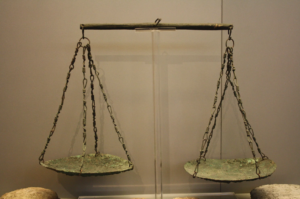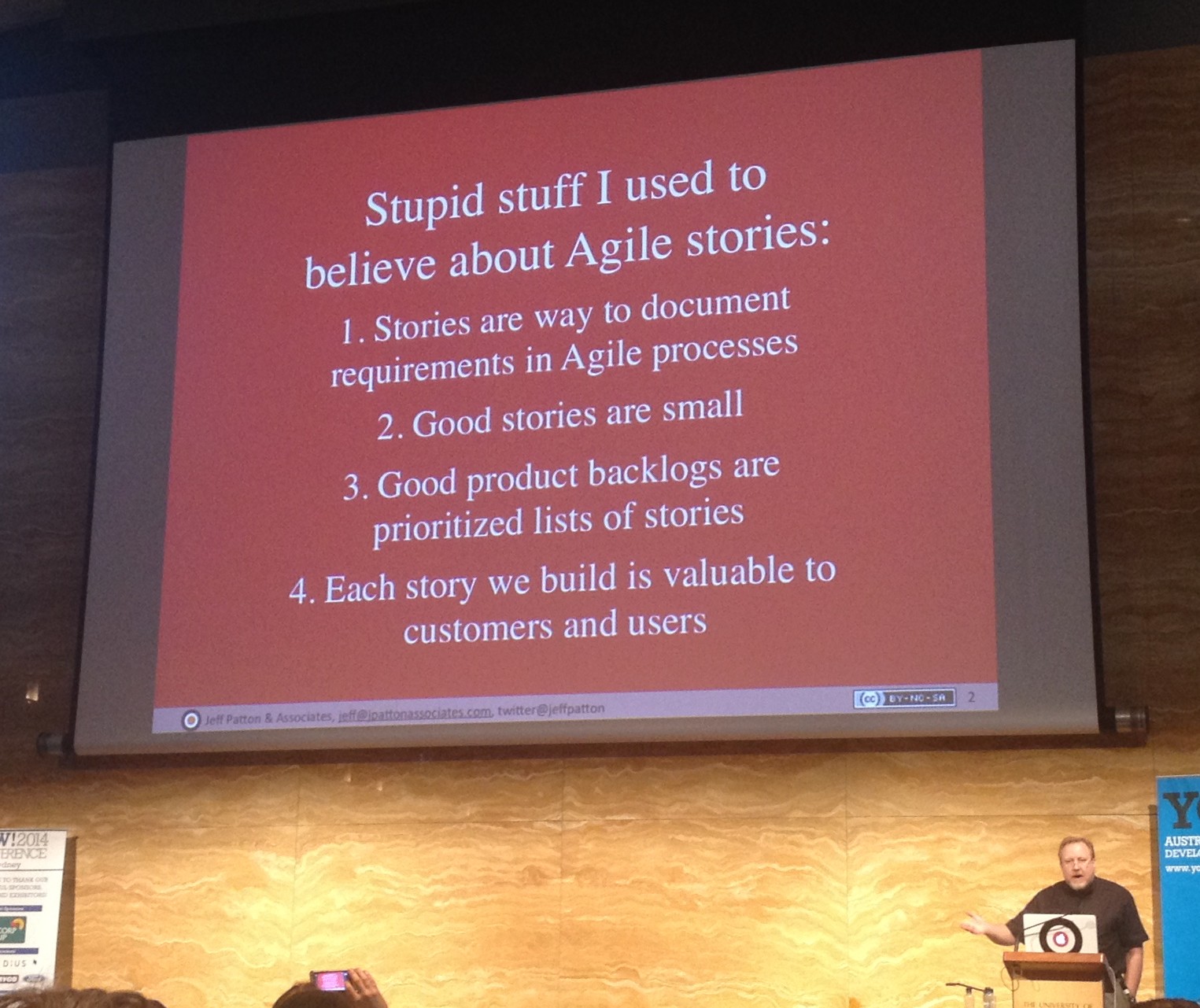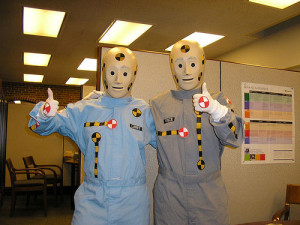 Tribal Leadership:
Tribal Leadership:
Leveraging Natural Groups to Build a Thriving Organization
by Dave Logan
My rating: 5 of 5 stars
So, the story goes that our CEO, Jost Stollmann, asked Mike Cannon-Brookes, co-founder & co-CEO of Atlassian and one of Tyro’s board members, something along the lines of…
“If you had to recommend just one book to your leadership team, what would you choose?”
And Mike recommended: Tribal Leadership. I think I can see why.
What’s the book about?
The book is about the results of ten years of research by the authors and how they found that people in organisations form tribes; that each tribe has a prevailing culture; that the cultures can be roughly grouped into five different levels; that the culture of the tribe can be an indicator of organisational success; and that the culture of individuals and of tribes can be “upgraded” through the levels using actions they describe, undertaken by tribal leaders. (Note that it’s not about leaders trying to create tribes in order to succeed – the tribes are a natural phenomenon, and the benefit comes through recognising them and influencing them. It does talk about building and enhancing networks within tribes.)
The book is well-written (i.e. not boring), contains lots of case studies and interviews, has excellent summaries at the end of each chapter (no highlighting necessary!), and it doesn’t just focus on what to do to become “great” – it also covers basket case cultures and how to start progressing people out of there.
What did I like about the book?
The number one thing I like about this book, as a leadership book, is that it pretty quickly gets a thoughtful reader looking not merely at their own actions and what they can do to improve, but also at how the people around them in the organisation are acting and interacting. You start to think about how to improve the company by influencing the culture, not just about how to improve your own output and your team’s output by doing a few things differently.
The main premise of the book is pretty simple to understand and start putting into practise: people’s culture can be detected by the language they use, and also affected by the language those around them use. So, people in Stage 3 tribes (where most corporate cultures are at) are all about personal accomplishment and they’ll say a lot of things that basically translate to “I’m great”. In contrast, people at Stage 4 are all about forming and maintaining good working partnerships with people around them, and their language will come out as “We’re great”.
[The main premise of the book is pretty simple to understand and start putting into practise: people’s culture can be detected by the language they use, and also affected by the language those around them use. So, people in Stage 3 tribes (where most corporate cultures are at) are all about personal accomplishment and they’ll say a lot of things that basically translate to “I’m great”. In contrast, people at Stage 4 are all about forming and maintaining good working partnerships with people around them, and their language will come out as “We’re great”. (hide spoiler)]
As soon as I started reading all this, I could see how problems which I’d observed at work were caused by the behaviours detailed in the book. I also started to see problems I hadn’t noticed before, or areas that were about to be problems, based simply on how people were talking to each other or about each other. I recognised in myself some things I’d been doing which were contributing to holding the culture back from where it could be.
The book has many examples of great companies to aspire to, and not just the ones you’re used to reading about. Yes, there’s analysis of raging startup successes like Zappos, but there’s also a lot of time spent describing a hospital that focuses on creating excellent customer experiences.
The book has great advice, much of which is easy to start following, and it changed the way I behave, even as I was reading it.
Should you read it?
If you’re in any kind of leadership position, in any kind of organisation, I highly recommend this book. Maybe it won’t change your world, and you may not have all the influence you would need in order to affect the whole organisation. At the very least it should help you to start seeing the culture around you for what it is, and start to move it forward from the position you’re in.
 Buy it on Amazon
Buy it on Amazon
View all my reviews




 Software Architecture Agility
Software Architecture Agility Beth Skurrie (
Beth Skurrie (

 Michael T. Nygard
Michael T. Nygard